Shivering as the snow is whirled round the house by winds of over 40mph I’ve turned to my Georgian cookery books for inspiration for today’s blog in the hope of something warming.

The New London Family Cook or Town and Country Housekeeper’s Guide by Duncan MacDonald “Head Cook at the Bedford Tavern and Hotel [on site of present Maple Leaf, Maiden Lane], Covent Garden, and Assistants” is probably the most comprehensive cookery book I own. My copy, dated 1812, is battered and without its covers or any of the index after “Daffy’s elixir, old receipt for…” but it has a large section of “Instructions for Marketing”, monthly guides to what is in season and several suggestions for entire dinners and recipes and carving instructions. The “Family Recipes” section provides solutions for everyday problems – thinning and falling hair, cramp, scorched linen – and “restoring the life to drowned persons.”
You can see Duncan MacDonald in the damaged frontispiece above surrounded by the tools of his trade. He looks a good advertisement for his recipes!
Many of these recipes and receipts occur in other cookery books – trying to work out who was stealing whose recipes – or copying wholesale, come to that – is a work of archaeology.
For March, Mr MacDonald informs us, beef, mutton, veal “house-lamb” and pork are the meats in season. The poultry and game are turkeys, fowls, capons, chicken, duckling, tame rabbits and pigeons. (I’m not clear what the difference between a fowl and a chicken is.) A wide range of fish is in season including oysters, flounders, eels, roach, crab, turbot and mackarel [sic]. The vegetables he lists are mainly roots and the cabbage family including borecole – what we now call Brussel Sprouts – plus mushrooms, tansy, parsley, fennel and celery. Lettuce and cucumbers are listed – presumably grown under glass – and a wide range of herbs.
The list of fruit is sometimes baffling – “Golden pippins (an apple variety dating from the 17thc), rennetings (one of the group of apples called reinettes now), love (no idea – unless it is ‘love apple’ ie tomato), pearmain and John-apples (there are a number of apples whose name includes ‘pearmain’ but I can’t trace John-apples), the bon-chretien (nowadays usually known as the Williams pear) and double blossom pear, oranges and forced strawberries.
Here is the menu and table layout for the first of his suggested March dinners. This is service à la française – the dishes are brought out all together in two or more ‘courses’ for the diners to help themselves and each other to whatever combination they like, as opposed to service à la russe, the modern method, where each dish is served separately by a waiter or footman.

Given how cold the weather is, I’ll give the two soup recipes – and a warning – I haven’t tried these, so I cannot vouch for what they’ll taste like if you try them at home!
Soup Sante or Gravy Soup
“Take turnips and carrots, shred them small with celery heads about two inches long; wash and steam them separately in a little water until nearly done; when quite done, cut the white of the celery small, likewise a small quantity of leeks, cabbage, cos lettuces, endive and chervil; put all the vegetables to boil til quite tender, with three quarts of cleared brown consumes [presumably consommé]; if in season, add green peas, tops of asparagus, and button onions, stewed, etc.
You may put in a small piece of bouille beef stewed; but dry it with a cloth, and put it in the soup with the vegetables when you serve it. This, however, is not very general.”
Rice Soup
“Put a pound of rice and a little cinnamon [stick, not powder] into two quarts of water. Cover close, and let it simmer till the rice is quite tender. Take out the cinnamon, sweeten it to your taste, grate in half a nutmeg, and let it stand until cold. [This sounds more like a cold rice pudding than a soup.]”
“Another way
Wash a handful of rice in warm water, put it into a stewpan, with as much stock as it is wanted to make, and let it simmer slowly for two hours. Season it to your taste, and serve it up.”
I’m now going to go off and try out the recipe for Portable Soup…
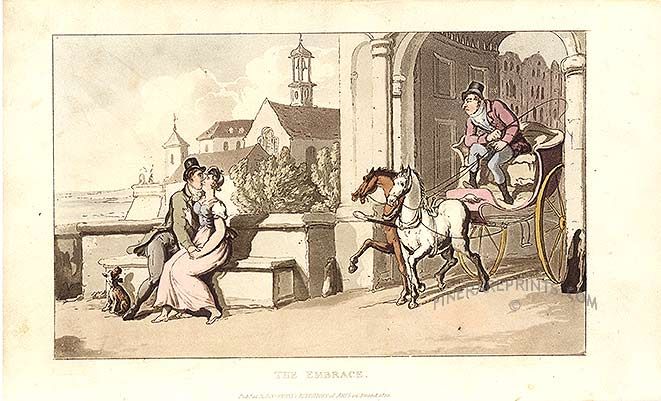





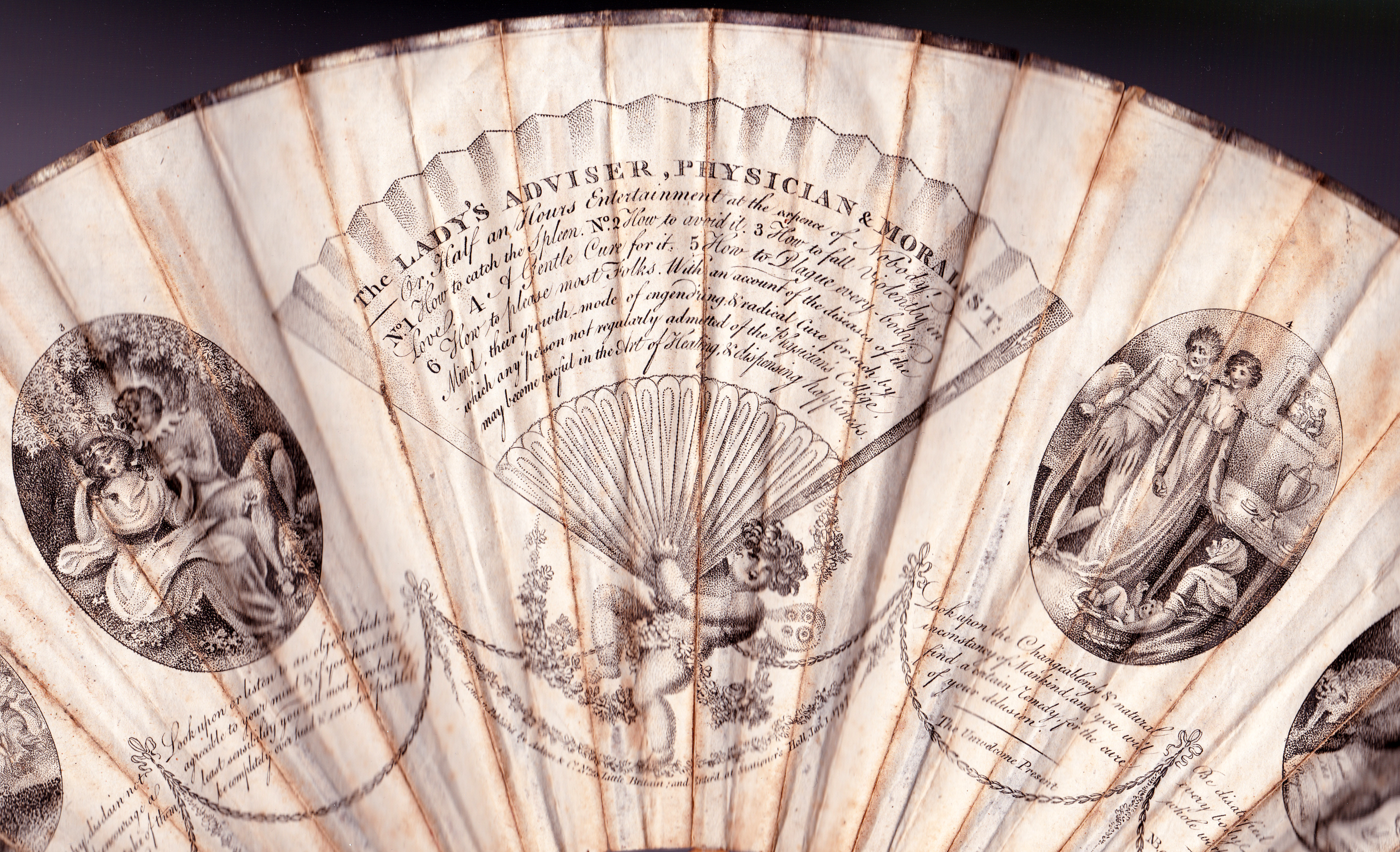
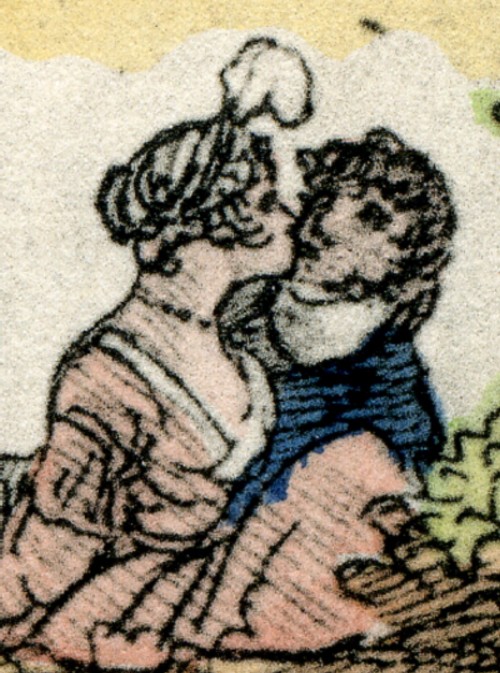


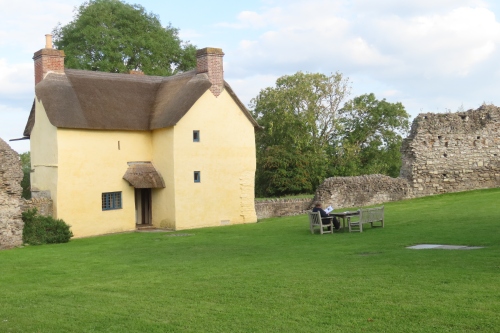
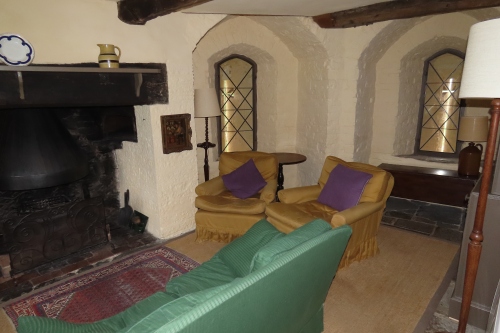


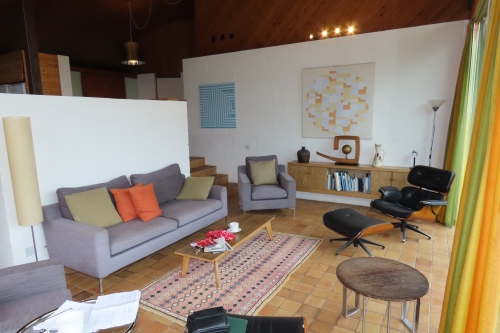
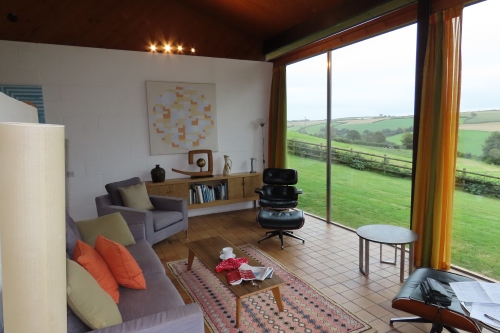


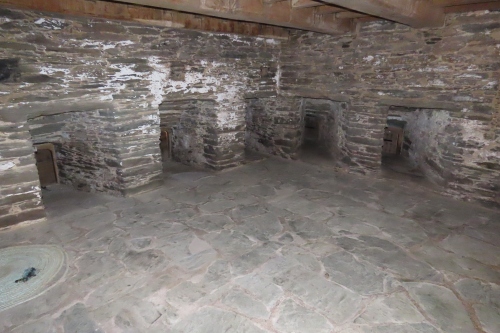
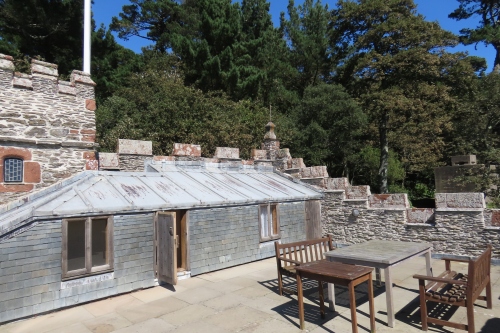

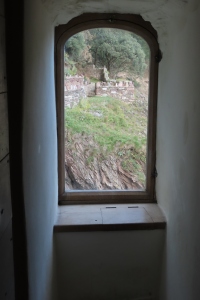
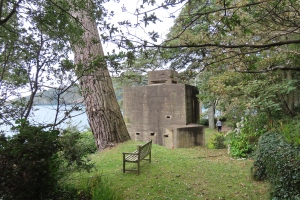

 I love ice cream – which is fortunate as my husband, who is the cook in our house, has bought an expensive Italian ice cream maker which means we’ve got to eat lots to make it earn its keep!
I love ice cream – which is fortunate as my husband, who is the cook in our house, has bought an expensive Italian ice cream maker which means we’ve got to eat lots to make it earn its keep!











 There’s a very similar recipe in The Complete Confectioner (1815) by Fredrick Nutt with the note: N.B. These are very good for the stomach in cold weather.
There’s a very similar recipe in The Complete Confectioner (1815) by Fredrick Nutt with the note: N.B. These are very good for the stomach in cold weather.







 For a fascinating history of Europe’s love affair with curry, try Lizzie Collingham’s Curry; a biography (2005).
For a fascinating history of Europe’s love affair with curry, try Lizzie Collingham’s Curry; a biography (2005).





 The popularity and availability of cigarettes finally killed off the clay pipe but for hundreds of years tens of thousands were turned out. In an inn a customer could order a pipe along with his ale and lead tobacco boxes were provided on the tables for communal smoking. The lead kept the tobacco moist and they contained a weight-plate inside to press it down. They are scarce now – many got knocked off pub tables and the soft lead was damaged on stone floors – but I own a dozen or so. This example, complete with its internal plate and a wonderful lid covered in grape vines, shows crossed churchwarden pipes on its side.
The popularity and availability of cigarettes finally killed off the clay pipe but for hundreds of years tens of thousands were turned out. In an inn a customer could order a pipe along with his ale and lead tobacco boxes were provided on the tables for communal smoking. The lead kept the tobacco moist and they contained a weight-plate inside to press it down. They are scarce now – many got knocked off pub tables and the soft lead was damaged on stone floors – but I own a dozen or so. This example, complete with its internal plate and a wonderful lid covered in grape vines, shows crossed churchwarden pipes on its side.
